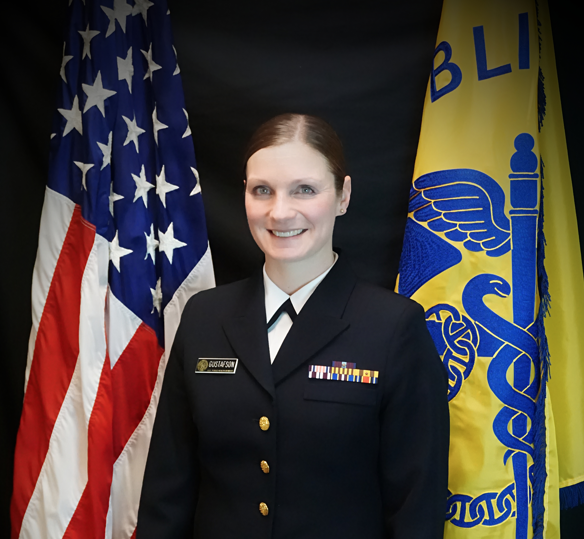Opioid overdose can occur anywhere, anytime, and in any setting. It impacts people from infancy through adulthood and claimed the lives of almost 92,000 people in the United States in 2020, according to the Centers for Disease Control and Prevention. In recent months, there has been growing concern about synthetic opioids such as fentanyl, which pose a national threat to our youth. Synthetic opioids cause overdose quickly and can be mixed with other substances, such as marijuana or methamphetamine, without the user’s knowledge. This means that someone’s first use can be fatal if synthetic opioids are present. Schools in many areas have noted that risk and taken action by implementing programs or gathering support for such initiatives as the National Association of School Nurses.
When opioid overdose occurs, many functions in the body slow down. Breathing and heart rate often slow or stop, blood pressure decreases, skin may become cold or discolored due to lack of oxygen, and the pupils in the eye may become very small. Regardless of the combination of symptoms that present, the person in need becomes unresponsive. This indicates the need for immediate intervention and activation of the emergency response system, calling 911.
Action can be taken to save lives by promptly recognizing overdose symptoms and administering the opioid reversal medication called naloxone. It is quick and easy to deliver and can be administered by community members in good faith of saving lives in most states. This has paved the way for school districts to request access to naloxone in the interest of preparedness and public health, understanding that they encounter students and parents daily. Educators, paraprofessionals, environmental services, and other school system staff are uniquely positioned to respond when emergencies arise upon completion of naloxone training.
Naloxone trainings are available at various locations nationwide, both in-person and online. They are available to anyone interested in most states, from ‘good samaritans’ to people with health care backgrounds. To complete naloxone training, visit an IHS pharmacy or the Naloxone Training Toolkit on the IHS website. If you need assistance supporting school access, please contact the naloxone mentor in your area. Additional information regarding opioid overdose symptoms can be found on the IHS website, with parental and general fentanyl resources available via the Drug Enforcement Administration.
Please consider educating yourself and discussing the risks of opioid overdose with those around you. Advocate for safety, be prepared, and carry naloxone. You could save a life.



